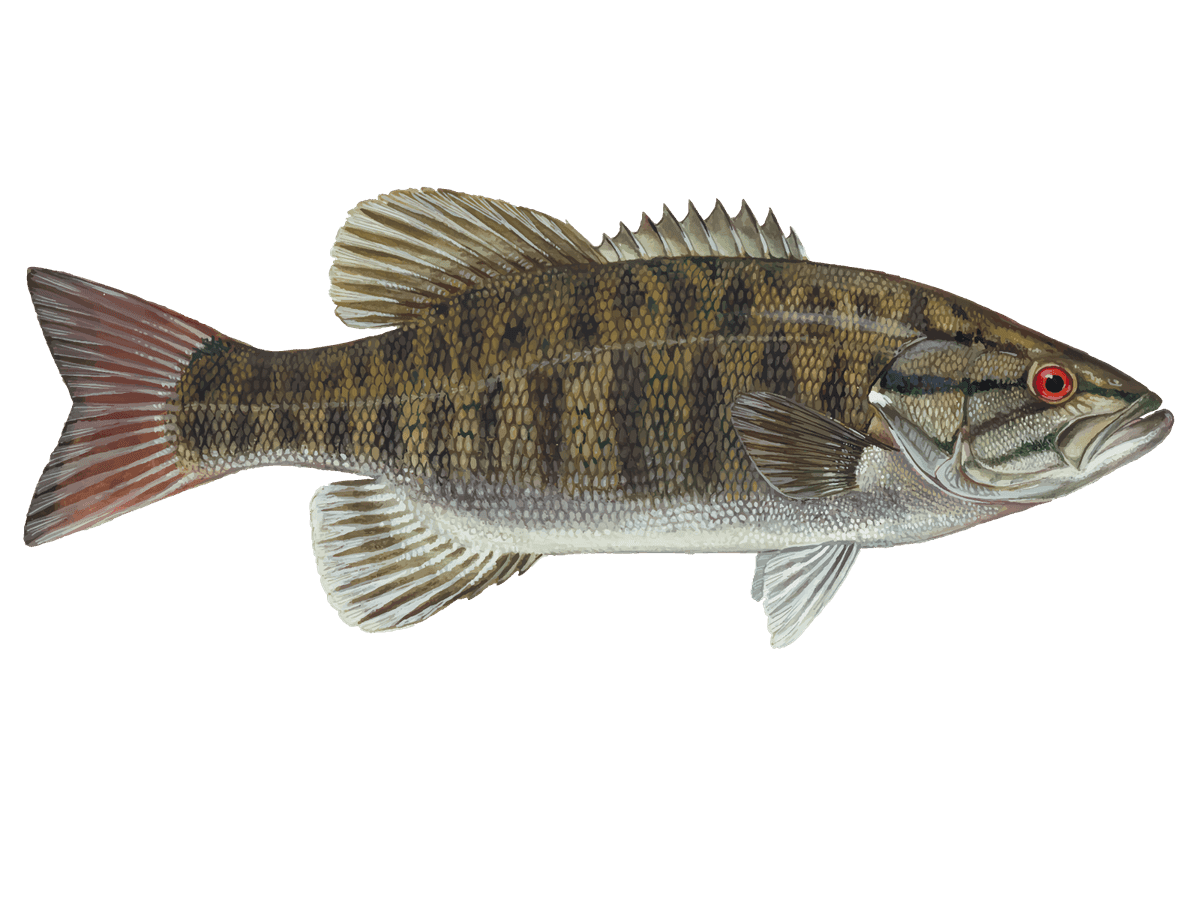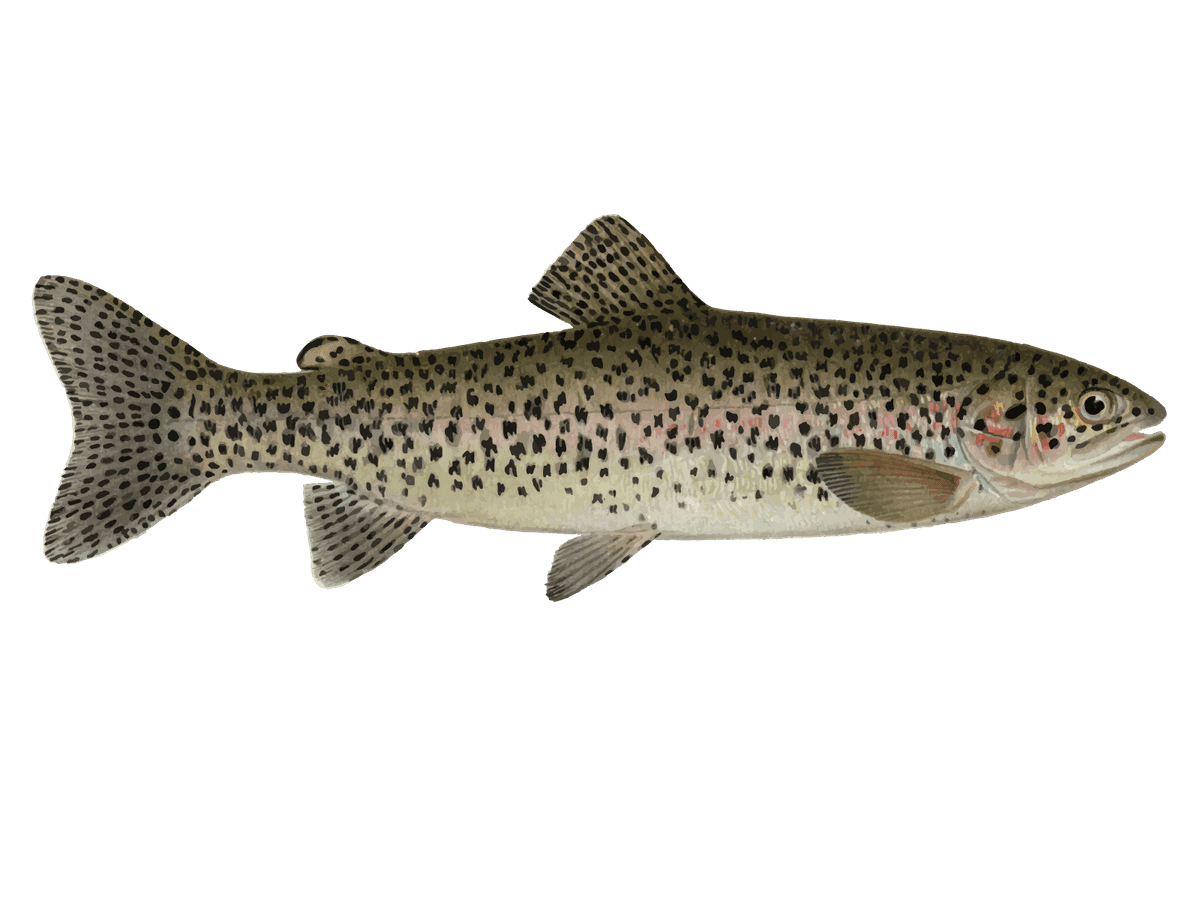Learn Fly Fishing: Beginner-Friendly River Lessons
- Published Date: September 20, 2025
- Fishing
- Lake Erie Watershed
- $150 - $400 price range
Summary
%2F%2Fusers%2Feced139b-1da4-45b4-9255-a6480496a089%2Fratecard%2F539083243_1348804097254248_8435984074567912668_n-mfp36wqa.jpg&w=1200&q=75)
Casting in Action


Cast Your Way to Fly Fishing Success
Ready to dip your toes into the world of fly fishing? Our Fly Fishing 101 class is the perfect starting point for beginners looking to master this artful angling technique. In just three hours, you'll go from novice to knowledgeable, learning the ropes from a pro who knows these waters like the back of their hand. Whether you're dreaming of landing your first rainbow trout or outsmarting a wily smallmouth bass, this hands-on lesson will set you up for a lifetime of fishing adventures.
What's in Store for You
Picture yourself standing knee-deep in a crystal-clear stream, the gentle gurgle of water around your waders as you learn to gracefully cast your line. This isn't your average fishing trip – it's a crash course in fly fishing fundamentals, tailored just for you. With a max of two students per guide, you'll get plenty of one-on-one attention as you practice casting, rigging, and reading the water. No need to feel intimidated; our patient guides break everything down into easy-to-digest steps. By the end of your session, you'll have the skills to approach any stream with confidence, whether you're after trout, bass, or other freshwater game fish.
Mastering the Basics
Let's talk gear and technique. You'll start by getting familiar with fly rods, reels, and the delicate art of fly selection. Your guide will walk you through the differences between dry flies, nymphs, and streamers, explaining when and how to use each. Then it's time for the main event – casting. You'll learn the finesse of the false cast, the timing of the forward cast, and how to mend your line for a natural drift. Don't worry if you tangle your line at first; that's all part of the learning process. We'll also cover essential knots like the improved clinch and the surgeon's knot. These might seem tricky at first, but with a bit of practice, you'll be tying them in your sleep.
Reading the River
One of the most valuable skills you'll pick up is how to "read" the water. Your guide will show you how to spot likely fish habitats – those quiet pools behind boulders, the seams where fast and slow water meet, and the shadowy undercuts along the banks. You'll learn to identify riffles, runs, and pools, understanding how fish behave in each. This isn't just book learning; you'll be out there, feet in the water, putting these skills to the test. By the end of your lesson, you'll be seeing the river with new eyes, picking out prime fishing spots like a pro.
Species You'll Want to Hook
While this lesson focuses on technique rather than catching fish, it's good to know what's swimming in these waters. Let's talk about some of the fish you might encounter on future trips:
Smallmouth Bass: These scrappy fighters are a blast to catch on the fly. They love warm, moving water and put up a thrilling fight when hooked. Smallies are most active in the warmer months, making them a perfect summer target. They're suckers for streamers that imitate small baitfish or crayfish. When you hook one, be ready for acrobatic leaps and powerful runs – pound for pound, they're some of the sportiest fish in freshwater.
Rainbow Trout: The darlings of the fly fishing world, rainbows are known for their beautiful coloration and their willingness to take a fly. They thrive in cool, oxygen-rich waters and are most active in spring and fall. Rainbows are opportunistic feeders, which means you can catch them on a variety of flies, from tiny midges to larger grasshopper patterns. Their quick, darting runs and occasional jumps make them an exciting catch for anglers of all levels.
Steelhead Trout: These sea-run rainbows are the stuff of angling legend. Steelhead make their way up rivers from the ocean, growing to impressive sizes in the process. They're notoriously challenging to catch, earning them the nickname "fish of a thousand casts." But when you do connect with one, be prepared for an epic battle. Steelhead season varies depending on the river system, but fall and winter are often prime times. Landing one of these silver torpedoes is a bucket-list achievement for many fly anglers.
Time to Wet a Line
By now, you're probably itching to get out there and try your hand at fly fishing. This 3-hour lesson is just the beginning of your fly fishing journey. Once you've got the basics down, you'll be amazed at how quickly you progress. Remember, every expert angler started right where you are now. The skills you learn in this class will serve you well whether you're chasing trout in mountain streams, bass in lowland rivers, or even saltwater species on the flats. So why wait? Book your Fly Fishing 101 lesson today and take the first step towards becoming the angler you've always wanted to be. The fish are waiting – it's time to make your cast count!
Learn more about the species
Rainbow Trout
Rainbow trout are the bread and butter of many fly fishing trips. These colorful fighters typically run 1-5 pounds, with some monsters pushing 20+. You'll find them in cold, clear streams and lakes, often holding in riffles, pools, and near submerged structure. Spring and fall are prime seasons, but you can catch rainbows year-round in many areas. Anglers love 'bows for their willingness to take flies and their acrobatic fights - they'll often leap clear out of the water when hooked. Their pink flesh also makes for excellent eating. For best results, focus on fishing during insect hatches or low light conditions. A local secret is to use small, dark nymphs in fast water - rainbows often key in on tiny morsels drifting by. Remember to keep your drag set light, as these trout have soft mouths and can easily throw the hook.

Smallmouth Bass
Smallmouth bass are scrappy fighters that'll give you a run for your money. These bronzebacks usually range from 2-6 pounds, with a muscular build perfect for battling current. You'll find them in clear, cool rivers and lakes, often hanging around rocky areas or submerged logs. They're most active in late spring and early fall when water temps are just right. Anglers love smallies for their acrobatic leaps and hard-pulling fights - pound for pound, they're some of the strongest freshwater fish out there. If you're after a trophy, focus on deeper holes during summer heat. A favorite local trick is to use a weightless soft plastic worm and let it flutter down naturally along rocky ledges. These bass are wary, so a stealthy approach and light line are key to fooling the big ones.

Steelhead Trout
Steelhead are the sea-run cousins of rainbow trout, and they're prized for their size and fighting ability. These chrome-bright fish typically range from 5-15 pounds, with some topping 20. You'll find them in coastal rivers and tributaries of the Great Lakes, often holding in deep runs and pools. Fall and winter are prime seasons as steelhead make their spawning runs. Anglers chase these fish for their powerful fights and long, blistering runs - hooking one is like tying into a freight train. They're notoriously finicky, which makes landing one even more rewarding. Focus on fishing during periods of higher, slightly off-color water for best results. A local tip: don't be afraid to use larger flies and lures than you would for resident trout. Steelhead often prefer a bigger meal after their time in open water. Patience and persistence are key - you might cast hundreds of times before hooking up, but it's worth the wait.

%2Ffit-in%2F250x250%2Fguide_websites%2F1817%2Fimages%2Ftemplogossheet1.png&w=1200&q=100)
%2Fusers%2Feced139b-1da4-45b4-9255-a6480496a089%2Fimages%2Fangler-ny-2691.jpg&w=768&q=75)
%2Fusers%2Feced139b-1da4-45b4-9255-a6480496a089%2Fimages%2Frainbow-trout-angola-fishing-2848.jpg&w=768&q=75)
%2Fusers%2Feced139b-1da4-45b4-9255-a6480496a089%2Fimages%2Ffishing-adventure-ny-2791.jpg&w=768&q=75)
%2Fusers%2Feced139b-1da4-45b4-9255-a6480496a089%2Fimages%2Fangler-rainbow-trout-angola-2816.jpg&w=768&q=75)
%2Fusers%2Feced139b-1da4-45b4-9255-a6480496a089%2Fimages%2Ffishing-success-new-york-2544.jpg&w=768&q=75)
%2Fusers%2Feced139b-1da4-45b4-9255-a6480496a089%2Fimages%2Fmajestic-rainbow-trout-ny-2660.jpg&w=768&q=75)
%2Fusers%2Feced139b-1da4-45b4-9255-a6480496a089%2Fimages%2Ffishing-adventure-angola-2697.jpg&w=768&q=75)
%2Fusers%2Feced139b-1da4-45b4-9255-a6480496a089%2Fimages%2Fpink-salmon-angola-fishing-2665.jpg&w=768&q=75)
%2Fusers%2Feced139b-1da4-45b4-9255-a6480496a089%2Fimages%2Fangler-rainbow-trout-angola-2711.jpg&w=768&q=75)
%2Fusers%2Feced139b-1da4-45b4-9255-a6480496a089%2Fimages%2Ffishing-angola-2702.jpg&w=768&q=75)
